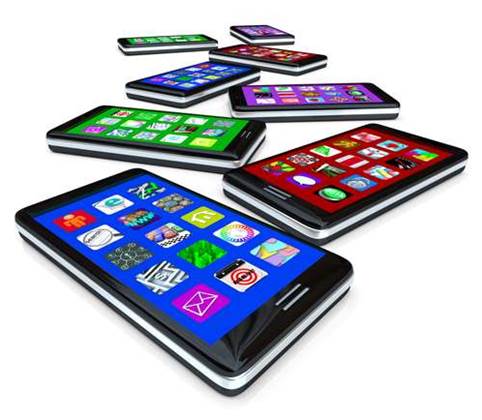My friend Glen loses a few phones each year. Over the years I’ve known him dozens of BlackBerrys, Windows Mobile and iPhones have gone AWOL in taxis, pubs and the odd living room couch.

I suspect that there’s a city in China named “Glentown” that stays afloat thanks to him. For people like Glen personal Mobile Device Management can be a big plus.
For the past several years there’s been a growing market in Mobile Device Management (MDM) technologies for the SME market. For enterprises MDM technologies provide:
- The ability to apply controls (where supported) to devices consistently
- The ability to track and manage mobile fleets including devices from different vendors
- An attempt to “Band Aid” poorly-considered mobile data solutions
From an IT security point of view there are downsides to enterprise MDM.
Consistency is a big factor. Where either the MDM solution or the mobile technology itself supports devices from different streams of mobile technologies (such as Microsoft Active Sync’s support for Windows Mobile, Symbian and iOS) the ability to secure endpoint mobile device depends, not surprisingly, on supported security controls of the device.
Since device-based controls differ widely this situation can lead to a false sense of security for enterprise MDM users.
This can also lead to security control inconsistency if a desired control such as device-based encryption is applied on one mobile technology stream but isn’t supported on another. As attackers we look for these gaps.
Generally when both the device and the MDM/sync solution are from the same vendor the resulting ability to configure the device is better.
Microsoft ActiveSync has its most granular configuration for Windows Mobile Devices. RIM certainly provided greater support for its own BlackBerry devices versus BlackBerry Connect or BlackBerry Application Suite on third party devices.
None of this is a surprise (but leads quickly to “closed ecosystem” arguments among my opinionated friends). Apple has been dabbling in MDM for iOS for a few years by working with third parties. The July release of Lion Server MDM Apple opened that capability up to its users.
For iOS and Mac OS X users Mac OS X Lion Server can provide basic MDM functionality. There’s been an expanding capability over the last few years for device policy configuration through the iPhone Configuration Utility (IPCU) application for Mac OS X and Windows.
Defining and applying policies using IPCU provides the ability to:
- Require stronger device passwords and lockout controls and introduce certificates to improve trust for network and application access
- Define network configuration such as VPNs, WiFi, 3GPP APNs
- Define email accounts centrally
- Enable content related controls such as disabling JavaScript, loading images in email
Lion Server MDM adds to this by permitting 'push based' updates of these policies, remote “device wipe” capability and the ability to publish and control private applications.
It also adds the ability to create policies for Mac OS X itself to permit a similar approach to managing those systems as well as iOS devices.
As with any new technology there are some ‘gotchas’ that remain. The 'three party push' model is a little scary.
There are certain desired controls – completely disabling WiFi/Bluetooth or preventing users from defining additional email accounts – that are yet to appear in IPCU or Lion MDM Profile Manager.
There are also some controls such as Picture Frame on the iOS device lock screen and iPad Cover Lock/Unlock (Apple <3 magnets) that can only be defined on the device itself.
With very little effort, Glen could make IPCU or Lion MDM Profile Manager policies that protect himself from himself.
Plus, when Glen does lose an iPhone or iPad, it’s a lot easier to reconfigure the new device by applying updated policies to the restored device.
Lion MDM isn’t perfect but it is a great start. For a small fleet of iOS devices it’s a good tool to consistently apply security controls.
Or to become known as 'guy who makes me enter annoyingly complex passwords into my phone' to your spouse.









 iTnews Executive Retreat - Security Leaders Edition
iTnews Executive Retreat - Security Leaders Edition












_(1).jpg&h=140&w=231&c=1&s=0)



